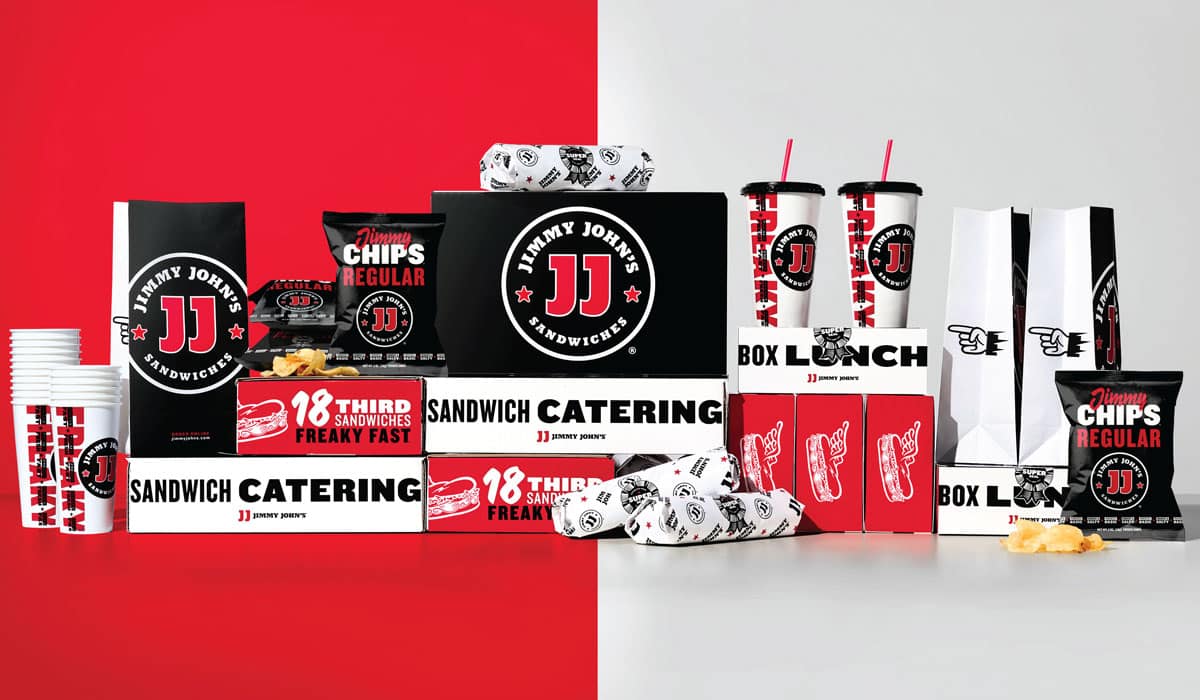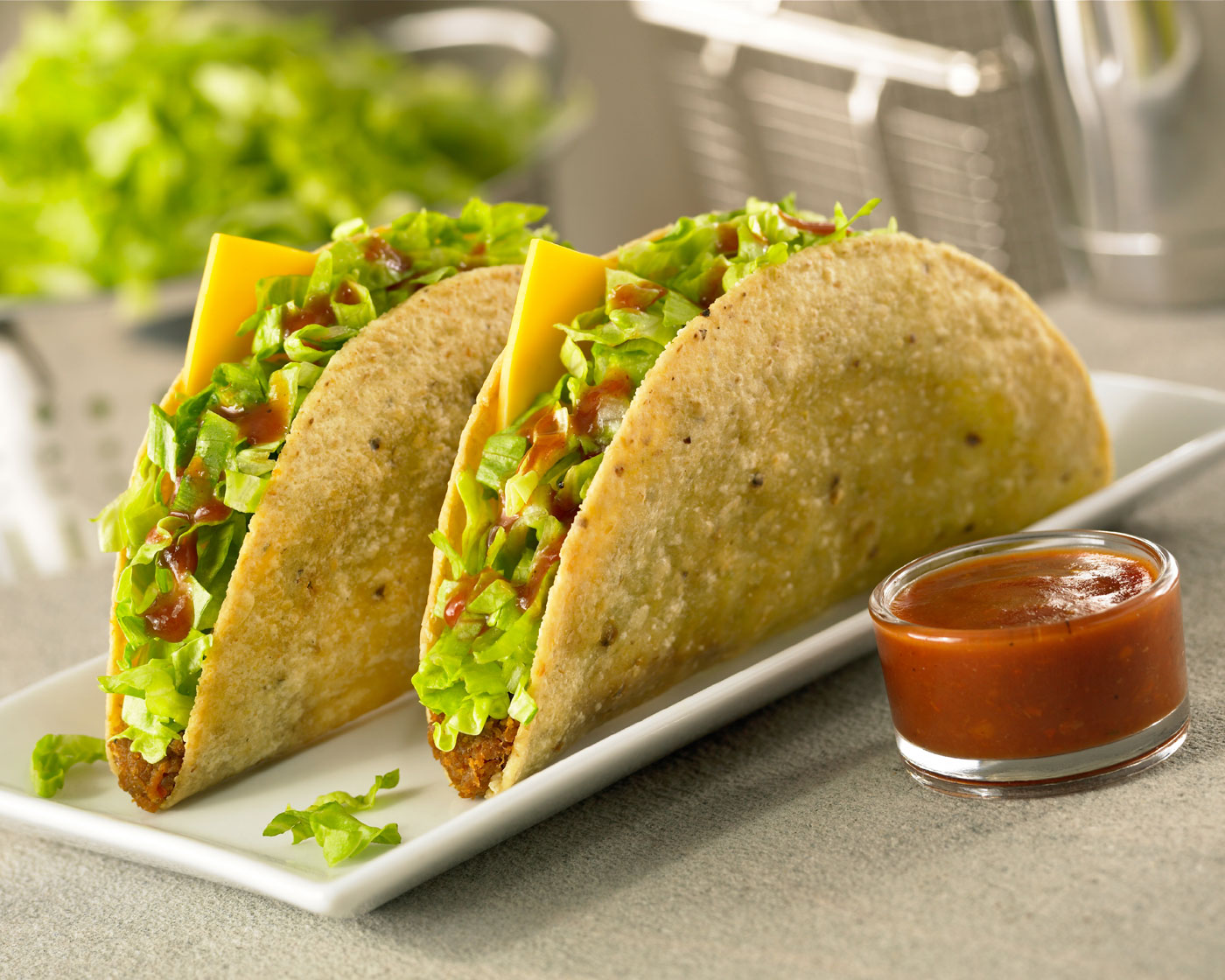Jack in the Box is turning to automation and technology to mitigate ongoing labor shortages.
During the brand’s Q4, same-store sales were essentially flat at 0.1 percent, year-over-year, and grew 12.3 percent on a two-year basis. The company estimated limited operating hours due to lower staffing levels impacted comps by roughly 3 percent. In Q1 thus far, the system saw comps in the low-to-mid single digit range and a two-year stack in the low double digits.
To reduce the number of bodies needed in the kitchen, Jack will soon test robotics at its fries stations and also look to implement automated drink machines and self-cleaning milkshake machines.
“These technologies are things that in our analysis can be fairly meaningful when we look at the unit economic model in the long-term and across the system as a whole as far as being able to reduce required average labor hours per week,” said CFO Tim Mullany during Jack’s Q4 earnings call.
Mullany also discussed a software program that enables restaurants to manage labor and food costs more effectively, and an op services team whose sole focus is to refine process systems and technology to elevate restaurant-level economics. The CFO said the group built a plan to remove a minimum of two points from Jack’s P&L.
Additionally, CEO Darin Harris noted recently hired Chief Information Officer Doug Cook brought forth ideas to improve AI tools and drive out more costs. The industry veteran has more than 20 years of experience with leading guest and employee-facing platforms. He previously served as Jack’s interim CTO, and prior to that role, clocked time as chief information officer of Pizza Hut and spent two decades at Sonic.
Harris said franchisees participate in investments through a tech fee, which the company can increase over time.
“We would have to sit down with our partners, our franchisees, and help them see the roadmap and participate in that journey with us, and we’ve been doing that accordingly,” the CEO said. “We’ve showed them our tech roadmap, and I’ve started bringing them along in the process to where we’re taking technology.”
To help with recruitment, Jack plans to use mobile and app-based application portals in company-run stores to quicken processing and selection of employees as opposed to restaurant managers taking time to review applications. The chain is also leveraging social media and online channels to garner greater impressions and cast a wider net in hopes of attracting more workers.
READ MORE: Jack in the Box Attracts New and Core Guests with Balanced Menu
Jack’s staffing is most impacted in the Northwest and Midwest, and least affected in California and Texas. Late-night is the hardest-hit daypart, and the brand is hoping to improve matters with premium differential pay, which will soon be rolled out across all company restaurants. Where the initiative is active, operating hours have increased 25 percent.
“As these headwinds alleviate, we have an opportunity to not only take share and lead, but dominate this daypart versus the competition,” Harris said.
The chain’s 0.1 percent comp performance in the fourth quarter breaks out to a 0.6 increase for franchises and a 4.4 percent decrease at company-operated stores. The main difference was that franchisees took more aggressive pricing actions and found better success with hiring and retaining workers.
Jack’s Q4 performance was “heavily driven” by menu price increases, according to Harris. For 2021 overall, the company lifted menu prices 3.5 percent, and data suggests there’s more opportunity. The CEO said the company took less than its peers last year and that its seeing favorability with the core menu whereas historically, restaurants took much of their price in the promotional menu.
Typically, there’s four opportunities throughout the year to increase prices, Mullany explained. But the chain is examining how it can accelerate that pace in 2022 and determining sensitivity from customers.
“This is something that’s clearly top priority for the company,” the CFO said. “We understand the margin pressures and headwinds we have, and we understand our ability to mitigate those by taking price and, again, that we have dry powder to do that. So, we’re actively evaluating that acceleration.”
Jack’s same-store sales were also negatively affected by labor issues within distribution channels, which hurt comps by 1 percent. During Q4, one of the company’s largest distribution centers faced a walkout by staff. Harris views it as a one-time event, and something that’s not related to the larger macroeconomic environment.
“Both our partner at the [distribution center] and us, we learned about ways to mitigate that for the future, and we’ve put multiple layers of protection in place so we didn’t have to go through that challenge again,” Harris said. “But it was definitely something we didn’t anticipate and now we’re prepared for beyond the shadow of it all.”

Although there is no clear picture on when the environment will normalize, Harris said headwinds have done little to discourage franchisees from investing in further development. In fiscal 2021, Jack signed 23 development agreements committing to 111 future openings, a new record, and the chain’s 31 completed site approvals were the most since 2017. Harris said the development process takes two years, from when real estate is found to the opening of a restaurant.
The brand has a goal of reaching net unit growth of 4 percent by 2025, and leadership believes the chain is capable of surpassing 6,000 restaurants nationwide in new and existing markets.
Jack ended Q4 with 2,241 units systemwide, including 2,055 franchise stores and 163 company-run units. During the quarter, the chain opened four locations and closed five as part of a broader move to streamline the store base.
“What we really want to get across here is the scale of new sign-ups,” said Chris Brandon, vice president, investor relations. “That’s happened. This company in a long time hasn’t had a robust pipeline in place. Actually, they haven’t had much of a pipeline at all. And in the last few quarters, we ramped up to three digits of units—of restaurants committed to open.”
“I think we’re able to tangibly demonstrate that we’re following up on our growth strategy that we laid out on Investor Day, which was to say we plan on getting to a 4 percent net unit growth run rate by 2025 and the pipeline that Darin mentioned puts us well on pace to achieve that,” he continued.
Along with that franchise growth, Jack plans to fund up to five company-owned stores in 2022 and between seven and 15 in 2023.
The chain’s fiscal 2022 forecast includes commodity inflation of 6 to 7 percent, wage inflation of 8 to 10 percent, same-store sales growth of 2 to 3 percent, unit growth of 1 to 3 percent, and systemwide sales lifts of 3 to 5 percent. Restaurant operating margin in fiscal 2022 is expected to be between 20 to 21 percent, driven by mid-to-high single digit price increases and offset by the company acquiring 20 lower-volume franchise restaurants and inflation.











